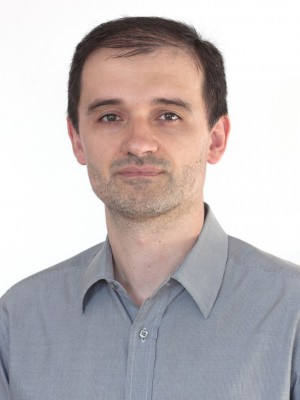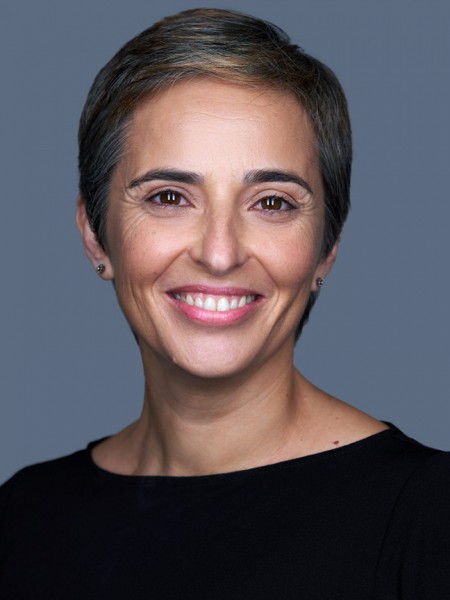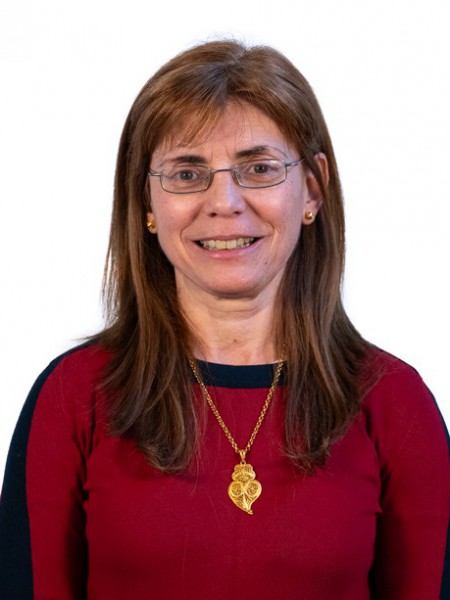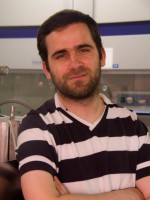resumo
Water is an essential resource on Earth and the maintenance of its quality led to the incentive of water reuse programmes. Among the most relevant contaminants, mercury is recognized for its toxicity and biomagnifications along the food chain, reason why its removal from aqueous solutions was studied in this essay using two microporous materials for the first time. The ability of a niobium silicate, called AM-11 (Aveiro-Manchester No 11), and of a vanadium silicate, AM-14 (Aveiro-Manchester No 14), were assessed under batch conditions, at fixed temperature and pH. These microporous materials were synthesized and characterized by SEM, PXRD, ICP-OES, TGA and elemental analysis. Because of their excellent ion exchange properties, equilibrium and kinetics assays were performed using only a few mg dm(-3) of material. The most relevant two- and three-parameter isotherms were used to fit the experimental data. Langmuir isotherm adjusted better the AM-11 data (deviation of 3.58 %, R-adj(2) = 0.980, AIC = 52.8), predicting a maximum uptake of 161 mg g(-1), while the AM-14 data were better fitted by the Temkin model (deviation of 3.92 %, R-adj(2) = 0.985, AIC = 54.2). The kinetic study was performed using Elovich, pseudo-first order and pseudo-second order models. The pseudo-second order and Elovich equations provided the best fits for both materials. The Elovich equation achieved a better correlation in the initial branch while the pseudo-second order expression was more efficient for the horizontal branch. The intraparticle diffusivities of counter ions were also assessed using a kinetic model based on the Nernst-Plank equations. Performance of these two microporous materials to remove mercury has been compared with other sorbents, highlighting their potential as ion exchangers.
palavras-chave
DISSOLVED ORGANIC-MATTER; HEAVY-METAL IONS; AQUEOUS-SOLUTION; TITANOSILICATE ETS-4; ADSORPTION-ISOTHERM; REMOVAL; SORPTION; EXCHANGE; HG2+; DIFFUSION
categoria
Engineering
autores
Fabre, E; Rocha, A; Cardoso, SP; Brandao, P; Vale, C; Lopes, CB; Pereira, E; Silva, CM
nossos autores
agradecimentos
The current work has been performed with the support of CNPq (Conselho Nacional de Desenvolvimento Cientifico e Tecnoldgico, Brazil) and was developed in the scope of the project CICECO-Aveiro Institute of Materials (POCI-01-0145-FEDER-007679 (Ref. FCT UID/CTM/50011/2013) financed by national funds through the FCT/MEC and cofinanced by FEDER under the PT2020 Partnership Agreement. This work was also funded by national funds (OE), through FCT -Fundacao para a Ciencia e a Tecnologia, I.P., in the scope of the framework contract foreseen in the numbers 4, 5 and 6 of the article 23, of the Decree-Law 57/2016, of August 29, changed by Law 57/2017, of July 19.






